Affiliate links on Android Authority may earn us a commission. Learn more.
Samsung's Q3 2015 guidance report: big money maker
Published onOctober 7, 2015
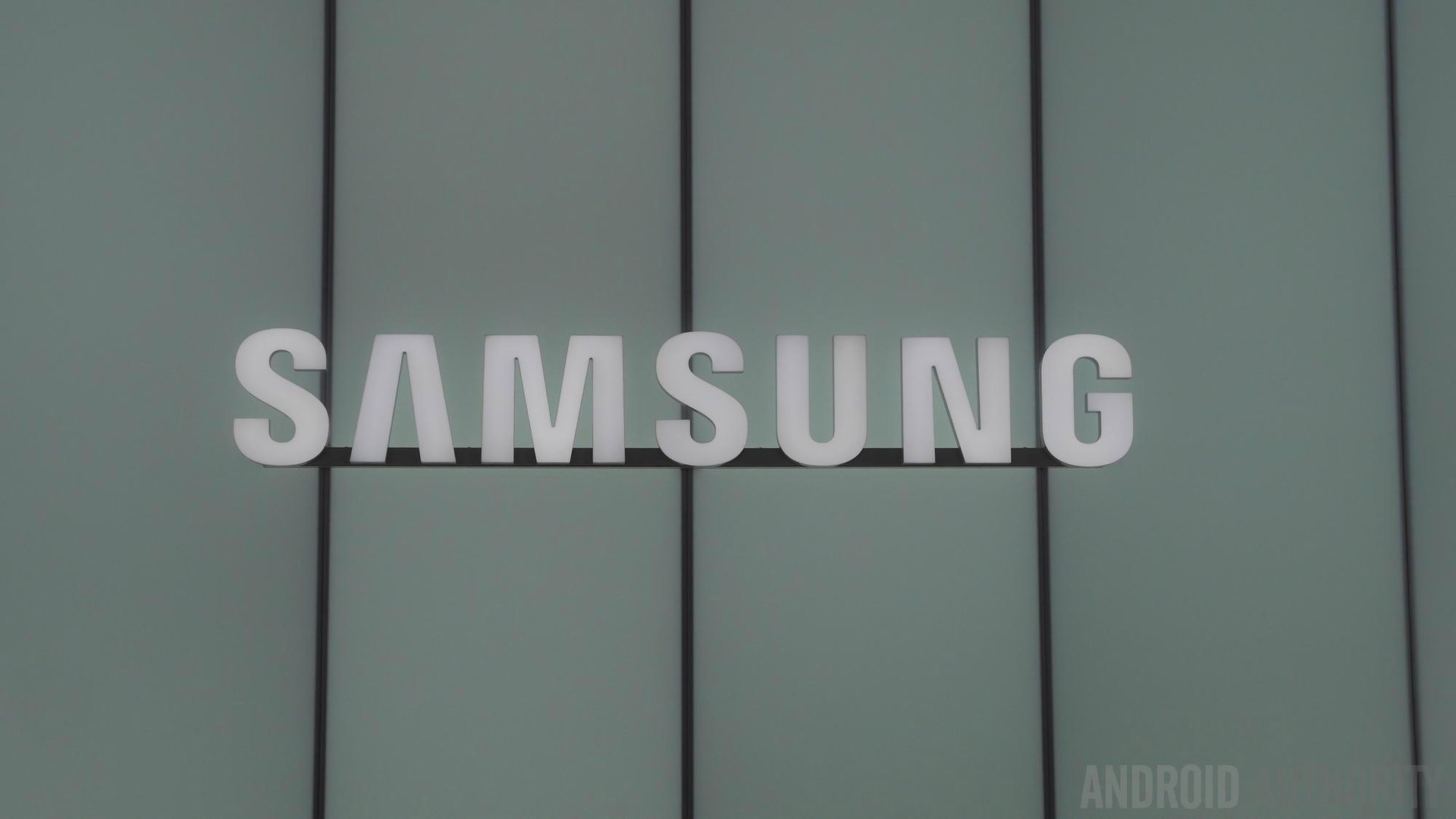
Samsung is predicting a pretty positive profit picture for Q3 2015: it will stand as the company’s “first year-on-year rise in seven quarters” according to Bloomberg. This news is sure to be a major boon to investors, and at the time of writing this story the conglomerate’s share value has already jumped as high as 8.6%.
The Past’s Problematic Profit Picture
2014 stood as a very bleak year for Samsung in terms of making more money due in no small part to the poor sales of the Galaxy S5 handset. Its efforts to change things were widely publicized and included everything from lowering salaries to phasing out services that were once deemed integral parts of the Galaxy experience, such as ChatOn.
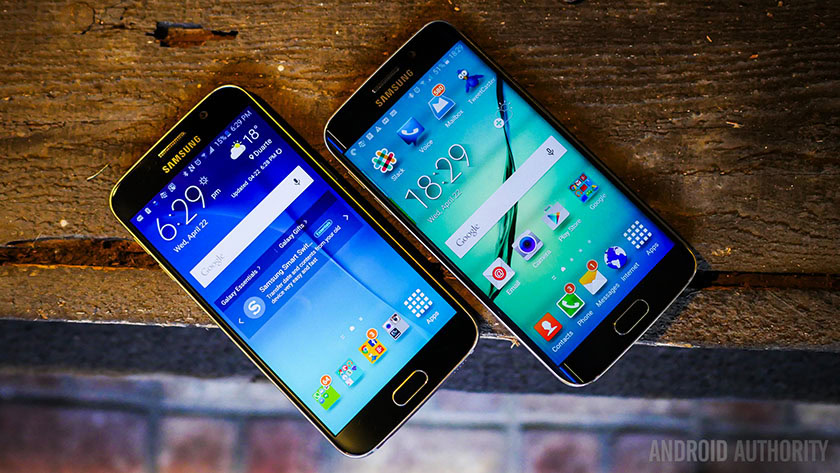
Thus far in 2015, Samsung has managed to both shock and awe its consumer base with its flagship products, and in many ways at that. The Galaxy S6 spawned a sibling and both were made of metal (and glass) yet lacked a removable back, battery, and microSD. Initial reactions were extremely positive, with some predicting sales would reach 70 million units. As time progressed, some things became evident: the Galaxy S6 Edge was outselling the standard model, and there was not enough production capacity to meet Edge demands. These two factors helped to contribute to a rather unexpectedly underwhelming second quarter earnings estimate.
The “campaign” continued as August arrived, and the Galaxy Note 5 and Galaxy S6 Edge+ were announced and subsequently released to a rather mixed reaction. Despite the press and media largely praising these products, vocal critics again condemned the missing creature comforts. Added to the perceived problem was the limited availability of the S-Pen packing phablet: Europe would not be getting it, possibly at all.
Perfecting the Present: all is not as it simply seems
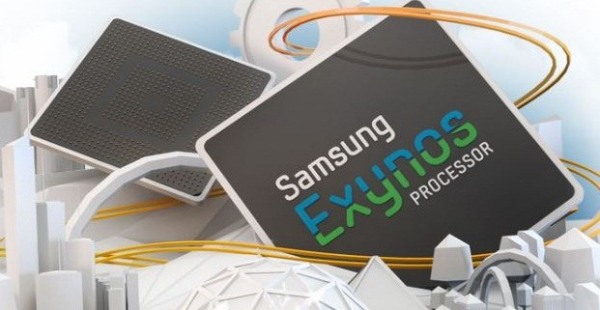
With this in mind, it is perhaps both impressive and slightly surprising that Samsung is expecting to report its largest operating profit since the beginning of 2014. According to Reuters, operating profit will come in at 7.3 trillion won ($6.25 billion) for the period of July to September this year, representing a 79.8% increase over the same period last year.
According to Bloomberg however, a major part of the profit power comes semiconductor sales, which earned close to $3 billion this quarter, a 54% increase over the same quarter from last year. “The result was a surprise and the biggest help was its component businesses,” according to Song Myung Sup, an analyst at HI Investment & Securities Co, who added that, “the chips and display units outperformed the product divisions, largely helped by the weaker Korean won.” As reported “the U.S. dollar was about 12 percent higher against the won at the end of the quarter compared with a year earlier” which definitely goes a long way to boosting profits.
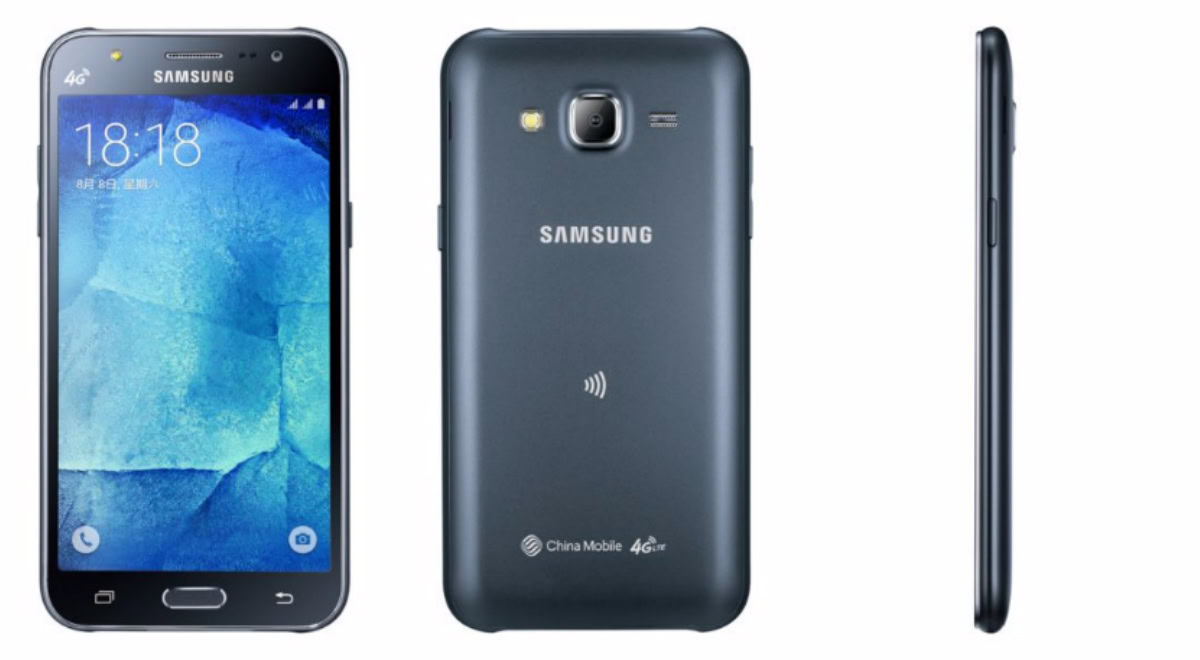
Also included in said report is the fact that Samsung’s sub-$200 smartphones are driving the major device sales and not the expensive Galaxy S6 hardware. Specifically, “operating profit from mobile devices probably rose 24 percent to 2.2 trillion won, the first year-on-year rise in seven quarters, according to the median estimate of six analysts surveyed by Bloomberg News. Sales are estimated to be 27 trillion won.”
This budget-friendly focus is reiterated by Lee Seung Woo, an analyst at IBK Securities Co. in Seoul who commented that, “The below-$200 devices largely contributed to the overall smartphone shipment increase in the third quarter…S6 shipments have dropped significantly.” Bloomberg then adds that, “the average sales price is expected to have dropped by 14 percent to about $198 in the September quarter, Lee said. Samsung shipped about 81 million phones in the third quarter, according to a Bloomberg News survey of five analysts. The company shipped 72 million units in the previous quarter.”
Good for business but “doom” for darling devices?
That Samsung was chosen as a supplier of Apple’s new iPhone 6S’s SoC, the A9, is clearly having a positive effect on the Korean company’s business, as are other related component contracts. The foreign exchange rate is also prominently designated as having contributed to this positive financial news. Perhaps the only thing that isn’t being cited as a medium in the profit picture are Samsung’s flagship devices.

Lee Seung Woo’s comment about the average sales price for a Samsung device now ringing in at $198 means that it’s devices like the Galaxy J series or even the Z1 that are really stealing the show, not the S6 or Note 5. It shows the sheer spending power in play in large sections of Asia, where the average consumer does not have the financial surplus to entertain the idea of an $800+ flagship. This is especially true as Chinese-based companies like Xiaomi, HUAWEI, and even OnePlus have consistently been offering products with excellent cost-to-spec ratio, a value proposition game that Samsung has been unwilling to play.
The question will now become where does Samsung begin to focus its efforts? Will the company double down on the developing world – where the greatest growth is – or will it continue to prioritize projects like the Galaxy S6 which are no longer commanding the authoritative dominance among spending in the developed world thanks to increased competition, including that from Apple. Even if the company itself wants to remain committed to pushing premium images, the shareholders may have a very different plan in mind in a pursuit of (lasting) profits.
Wrap up
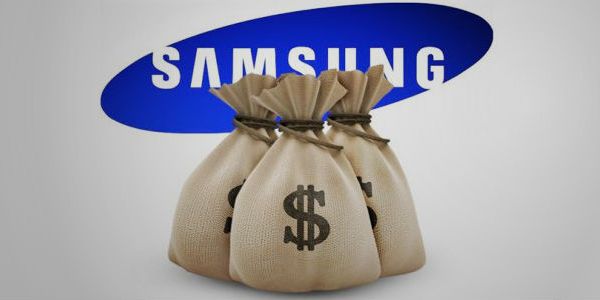
Without a doubt, today’s news is sheer gold for Samsung. The company has not only beat expectations, but has even outperformed its own performance over the prior 6 quarters. Pretty impressive given that many were quick to write the company off as past its prime and put-out-to-pasture. Even if the flagship products are no longer the clear captain of the ship, the vessel itself is more buoyant than ever.